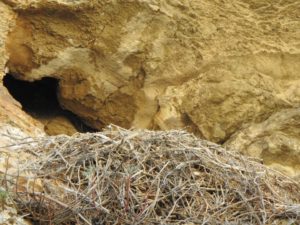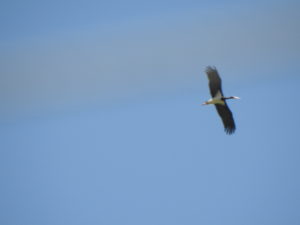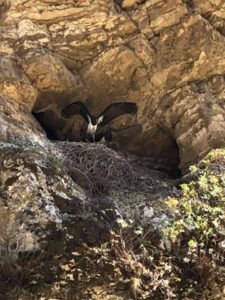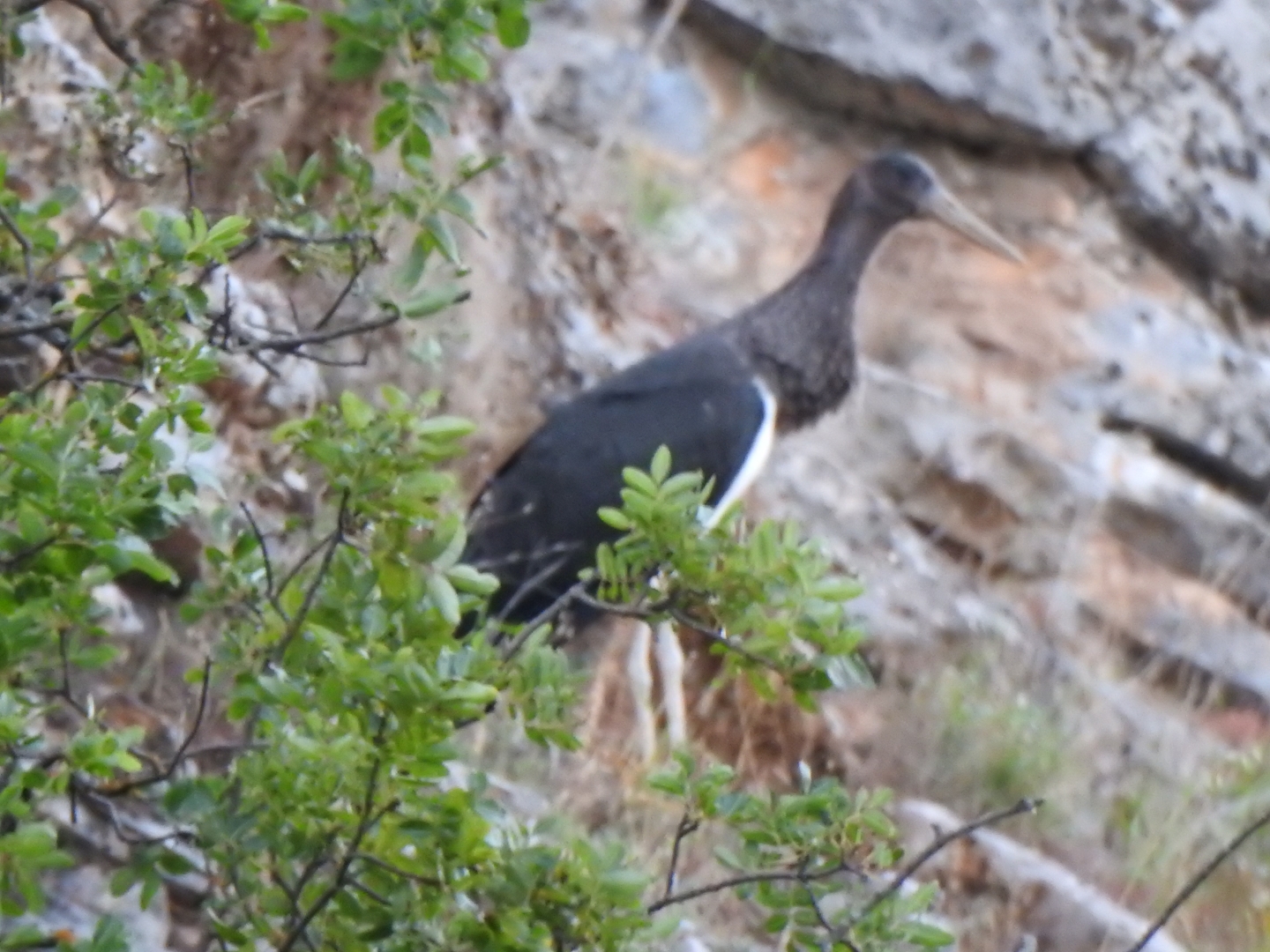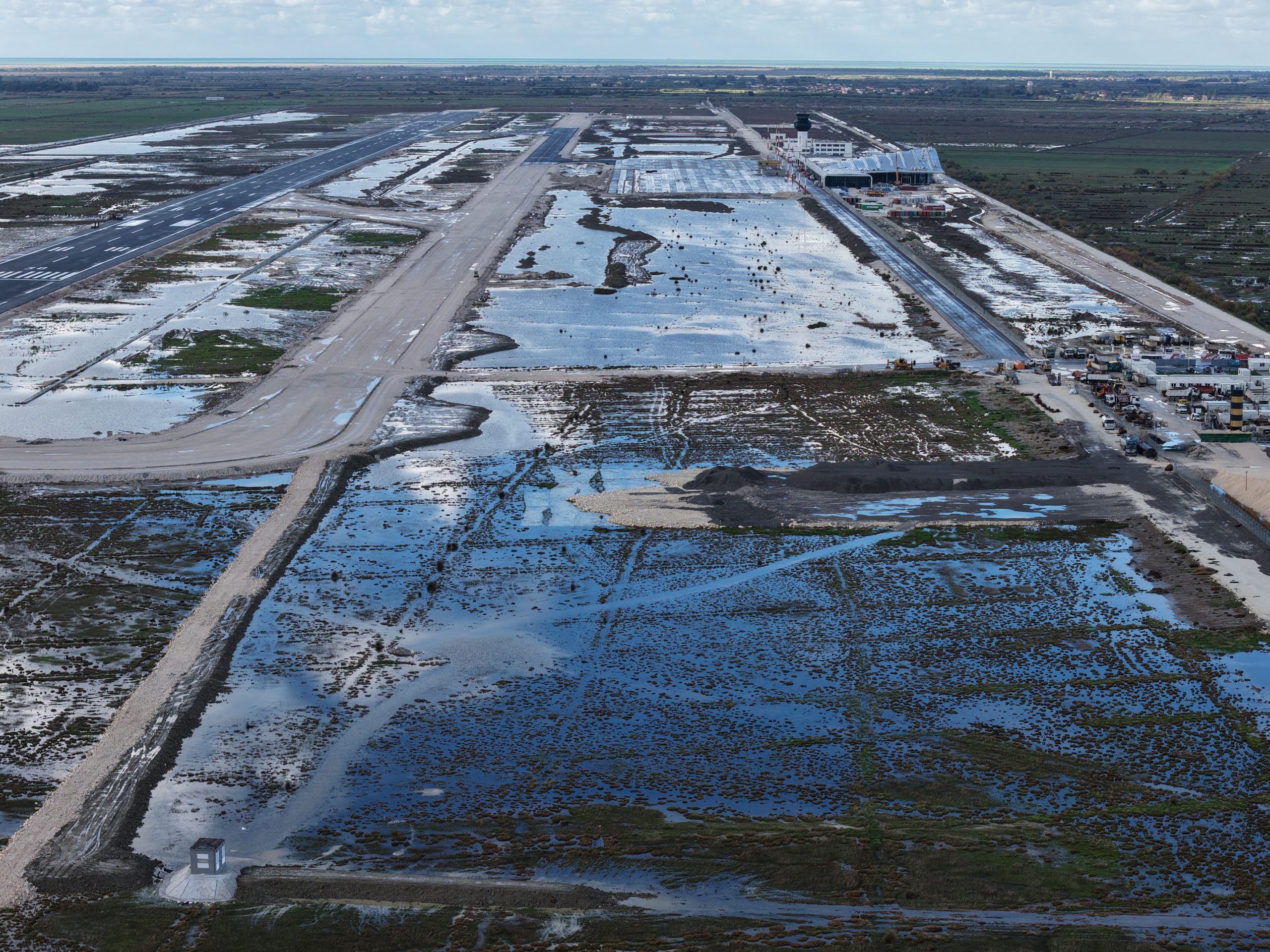The ability of birds to fly thousands of kilometres migrating above the continents in order to arrive at their breeding or wintering sites, has made us understand the importance of united actions for protecting them. In the meanwhile, the case of the Back Stork, published several days ago, is even more unique, choosing a nesting site along the Vjosa River, exactly between the border line shared by Albania and Greece.
This species resembles with the Egyptian vulture with regards to their flyway route, wintering sites, and even when it comes to choosing a nesting site into the cliffs. Another resemblance is the use of a vast territory for feeding grounds, sometimes an area shared by two countries, which reminds us the importance of protecting transboundary ecosystems as one.
The three little birds of this Black Stork family now have left the nest, nevertheless they are still being taken care by their parents, until they learn how to hunt. Meanwhile, these small birds spend most of their time out of the nest, leaving our team waiting for about three hours at dusk.
Despite of the precise location, the report of Gerti Hoxha into the group Wildlife-Albanian Photographers remains important.
